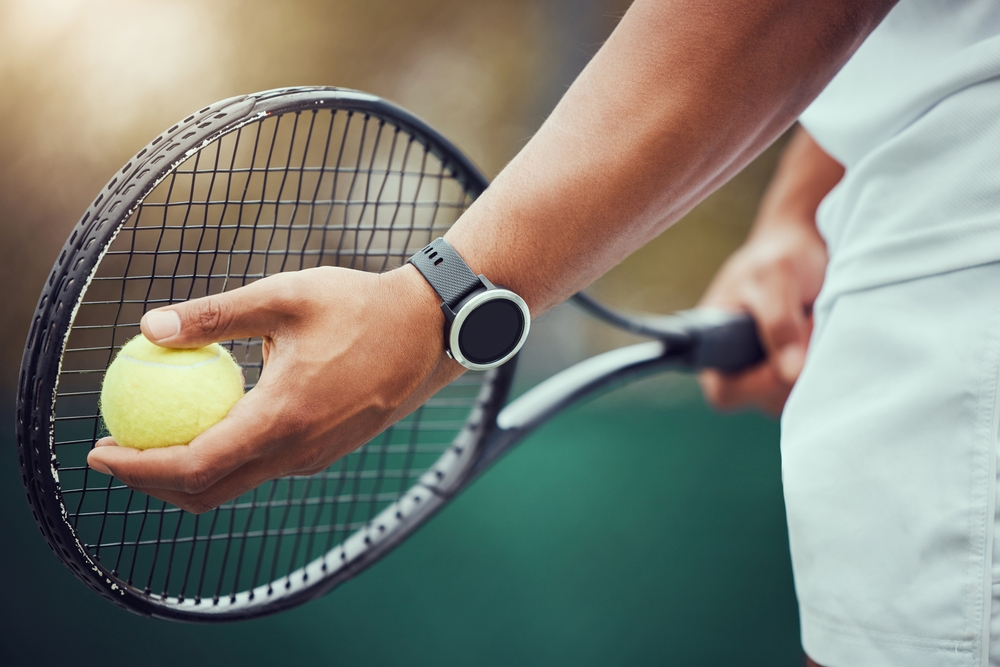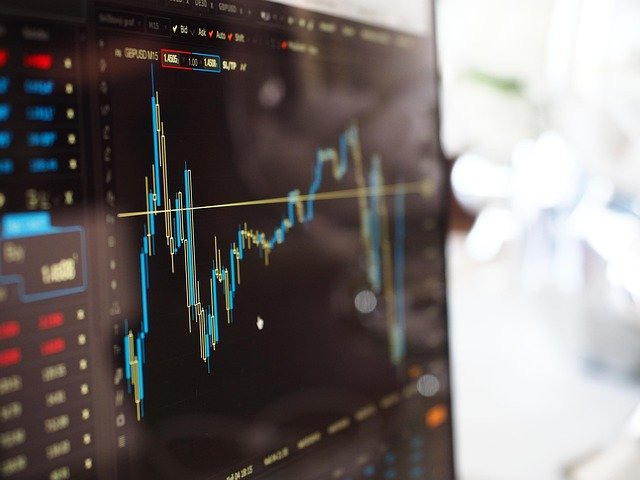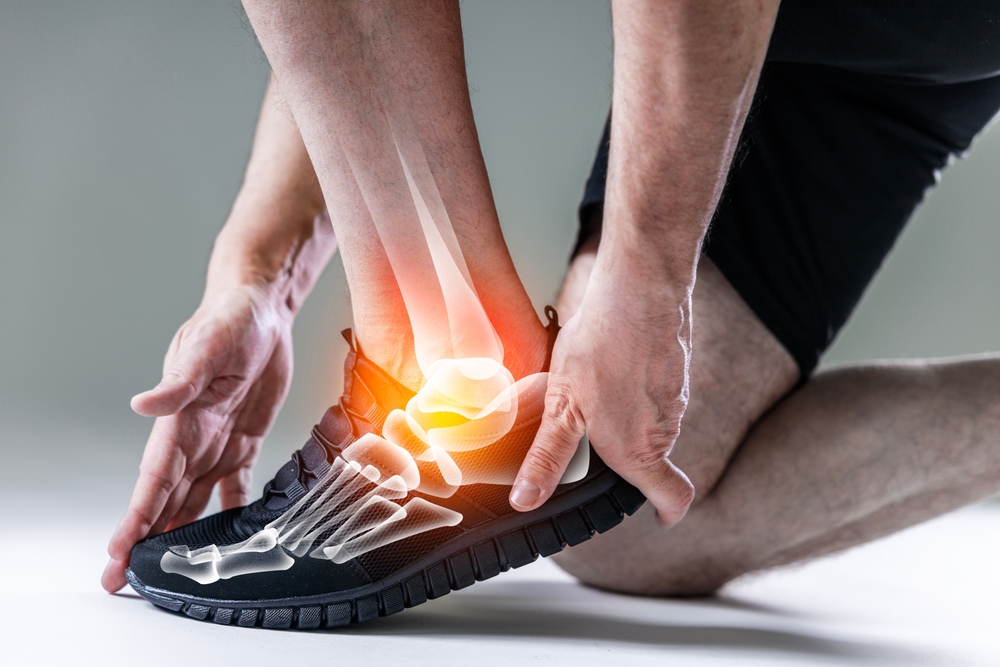The Intricacies of Biomechanics in Tennis
As a sport, tennis has always been a thrilling spectacle of strength, speed, and strategy. But what if we delve deeper—beyond the power serves and blistering backhands—to understand the role of biomechanics in the game? This is a fascinating journey into the science behind the swings and the physics of power-packed performance on the court.

Delving into the History of Biomechanics in Sports
Biomechanics, the application of mechanical principles to the human body, has been an integral part of sports for centuries. The ancient Greeks, the pioneers of the Olympic Games, sought to understand the human body’s movement patterns to enhance athletic performance. In tennis, the study of biomechanics became prominent during the late 20th century as players and coaches began to understand its significance in improving performance and reducing injuries.
The Current Trend: Biomechanics and Its Influence on Tennis
Today, the application of biomechanics in tennis is widespread. Coaches, trainers, and athletes use biomechanical analysis to perfect stroke production, serve mechanics, and footwork. It helps players understand how to generate more power, increase accuracy, and optimize their movements on the court. The rise in accessible technology, such as wearable sensors and motion capture systems, has also made biomechanical analysis more prevalent in tennis.
The Benefits and Challenges of Applying Biomechanics in Tennis
Using biomechanics in tennis provides several advantages. Players can increase their performance levels by understanding how their bodies work and how to adapt their movements for maximum efficiency. It can also help prevent injuries by identifying incorrect or harmful techniques and suggesting corrective measures.
However, there are challenges too. Interpreting biomechanical data requires a solid understanding of both sports science and the sport itself. Not all players or coaches have access to the necessary technology or expertise. Despite these hurdles, the potential benefits of biomechanics in tennis are immense.
Biomechanics in Tennis: Real-world Applications
Professional players like Novak Djokovic and Serena Williams, known for their powerful and precise strokes, have utilized biomechanical principles to dominate the tennis world. Their success demonstrates the real-world applications of biomechanics in tennis.
In conclusion, the interplay between tennis and biomechanics offers a fascinating view into the science behind the sport. As technology continues to evolve, so will our understanding of how to optimize physical performance on the tennis court. This union of sports and science not only enhances performance but also deepens our appreciation of the game.





